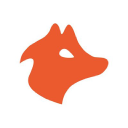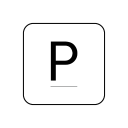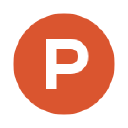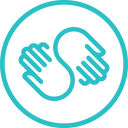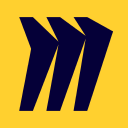How I Learned Graphic Design In 6 Months And Built A Profitable Branding Company [From Netherlands]
Hello! Who are you and what business did you start?
Hello, my name is Ulas Uygun and I’m the founder of WOO Branding. We provide logo designs and ready-to-launch brands for entrepreneurs, small business owners, and other creators.
In the 1st half of its 1st year as a B2C service, WOO Branding brings in 4,000 USD monthly revenue. WOO Branding used to bring in an additional 7,000 – 9,000 USD from its B2B services, however, we’ve been shifting the strategic focus of the company to B2C as of 2022.
Two unique characteristics make our case stand out as a realistic business venture for literally anyone:
- A profit margin of over 90 %.
- A business that anyone can launch on their own with almost no monetary investment.
What's your backstory and how did you come up with the idea?
In 2015, I was in my 3rd year working at a 9-5. Looking back, it seemed like a good job: decent pay, a relaxed environment, and...

Download the report and join our email newsletter packed with business ideas and money-making opportunities, backed by real-life case studies.

Download the report and join our email newsletter packed with business ideas and money-making opportunities, backed by real-life case studies.

Download the report and join our email newsletter packed with business ideas and money-making opportunities, backed by real-life case studies.

Download the report and join our email newsletter packed with business ideas and money-making opportunities, backed by real-life case studies.

Download the report and join our email newsletter packed with business ideas and money-making opportunities, backed by real-life case studies.

Download the report and join our email newsletter packed with business ideas and money-making opportunities, backed by real-life case studies.

Download the report and join our email newsletter packed with business ideas and money-making opportunities, backed by real-life case studies.

Download the report and join our email newsletter packed with business ideas and money-making opportunities, backed by real-life case studies.

